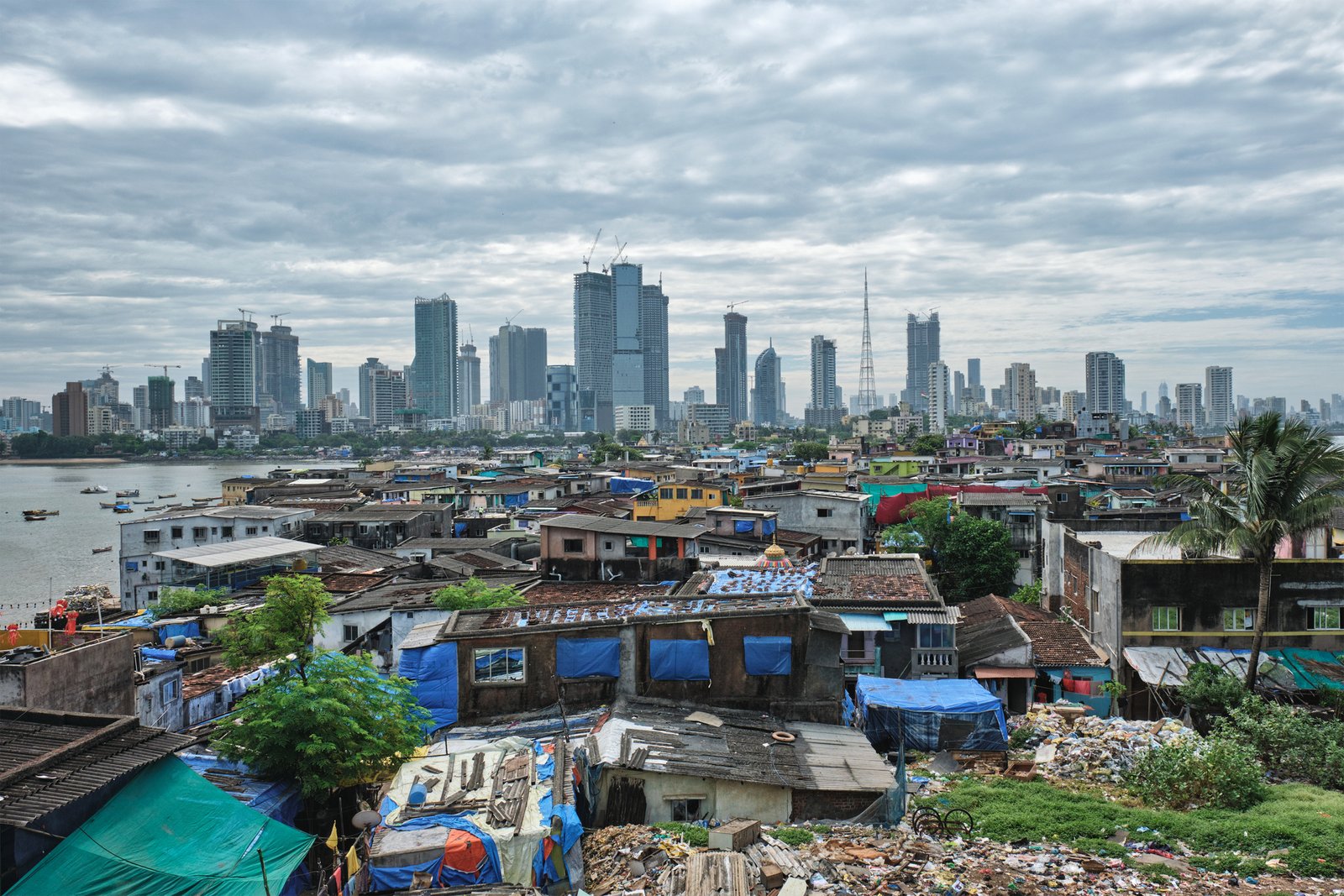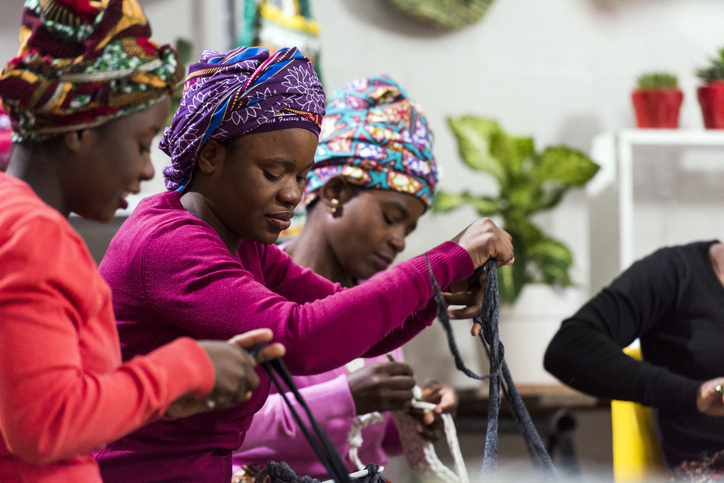Are the chances of a child growing up in China reaching higher income or occupational levels than their parents any higher than those of a child in India? As this column explains, there is a surprising lack of knowledge about the extent of social mobility in developing countries. The author calls for broad research efforts to inform the actions that governments could take so that all children in their societies have the opportunity to improve their lives, regardless of race, class, gender, or economic and social background.
Social mobility—defined as the ability to move from a lower to a higher level of education or occupational status, or from a lower to a higher social class or income group—is the great hope of economic development. For many, it should also be one of the fundamental characteristics of a good society: that people should be able to climb as high as they are able, and not to be hindered because of gender, race, class, or economic disadvantage.
So how do countries compare in their rates of progress on social mobility? If the question is directed at the experiences of developed countries, we can say with some degree of confidence that European countries have higher social mobility than the United States, for example. But if the question is focused on developing countries, then the correct answer is that we do not really know.
The lack of knowledge on social mobility in developing countries is surprising, given that many countries in the Global South have undergone significant economic transformation and rapid economic growth. Many people have left the farms on which their parents worked to go to better jobs in cities, possibly rising up the occupational ranks to become doctors, engineers, and managers. Yet we cannot say with confidence whether the chances of a child growing up in China reaching higher income or occupational levels than their parents are any higher than a child in India.
What explains this knowledge gap in our understanding of social mobility in the Global South? There are three important reasons.
First, the concepts that we typically use in our analysis of social mobility in developed countries do not travel well to developing country contexts.
For example, we measure social mobility in developed countries by correlating the child’s income when they become an adult, their educational attainment or their occupational level with their parents’ income, educational attainment, and occupational level. The weaker the correlation is for a particular country, we assume that the higher is social mobility in that country. By this measure, mobility in a country will be equally high if children of rich parents become poor or children of poor parents become rich.
But in a low-income country, a downward movement in income is not the same as an upward movement, as the former may signify a move into poverty for the child, an outcome that cannot be considered to be socially desirable. This suggests that we need to find better measures that are consistent with the reality of low-income societies, where downward movements in income or occupation across generations are a common phenomenon, one that does not necessarily correspond to higher social mobility.
A second reason why there is a knowledge gap in our understanding of social mobility in developing countries is that we do not have the data on income and occupations over many years for the same generation of individuals, let alone over multiple generations—grandparents, parents, and children.
In developed countries, it is common to have longitudinal data that track households over many decades, allowing us to get accurate measures of average income for both the parent and child at similar stages of their respective lifecycles. The data are granular enough for us to assess the social mobility prospects of children born in different neighborhoods of the same country. This provides powerful tools for policy-makers to address the disadvantages that children born in particular neighborhoods may face, so as to enhance their life chances.
Sadly, in developing countries, it will take a long time before we are able to see the fine grained data needed to conduct rigorous empirical analysis of patterns of social mobility both across and within countries. In the meantime, we need to experiment with more innovative methods that are not as intensive in their data requirements, but which can nevertheless provide compelling vignettes of social mobility.
A final reason why there is a lack of understanding of social mobility in developing countries is that we do not know enough about the drivers of mobility. While we know that in rich countries, parental endowments (chiefly, income) and the investments that they make in their children’s education are hugely important in determining the life chances of their children, we know that a multitude of other factors also matter in determining social mobility in low- and middle-income countries.
For example, for a poor parent who can see clear promise in her child, her inability to borrow from a bank to finance the child’s investment in education can severely constrain the child’s life chances. Such market failures in credit markets are ubiquitous in developing countries.
The kind of neighborhood in which a child is born matters in rich countries too, but it matters especially in low-income countries. Many neighborhoods in developing countries have a constellation of factors that inhibit social mobility: from poor quality schools, to lack of access to the networks that matter for getting information about good quality jobs, to the scarcity of successful individuals that can be role models for poor children.
The lack of knowledge of the drivers of mobility acts as a severe constraint on policy-makers as it is not obvious what they should make a priority in order to enhance social mobility, given the many complex factors that inhibit social mobility, especially among poor families in developing countries.
There is now an emerging body of research that seeks to understand the nature of social mobility in developing countries. But there is much that needs to be done. Perhaps in the next decade or so, we will be in a better position to advise developing country governments on what actions they need to take to provide a more fair society for all their citizens—so that every child in their society has an opportunity to progress equally, regardless of class and social background.






